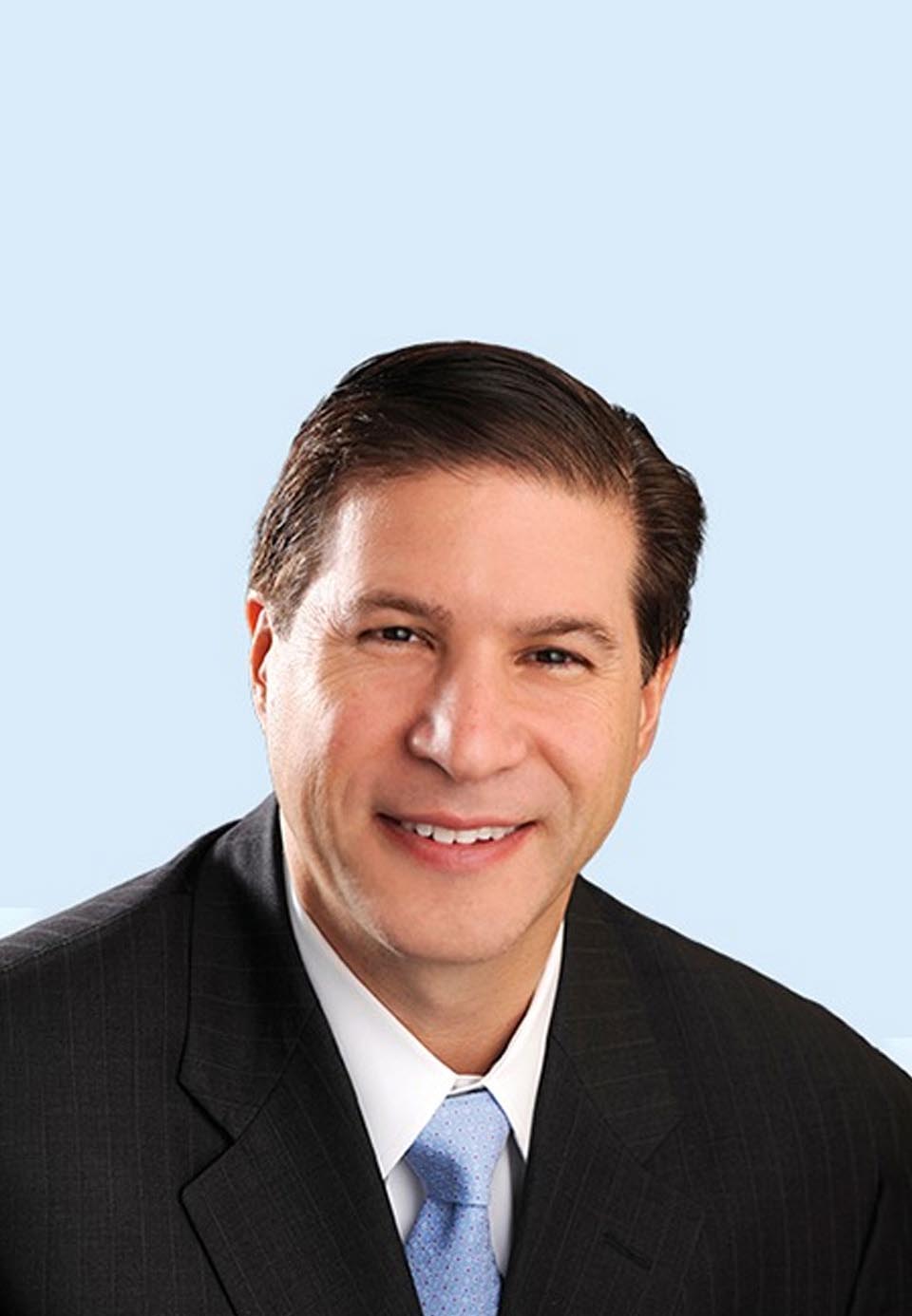- PATIENT FORMS | REQUEST A CONSULTATION | CONTACT US
- 1-844-NSPC-DOC
Hemifacial Spasm

What Are Hemifacial Spasms?
Take ActionHemifacial spasm sufferers experience brief, recurring episodes of facial twitching. When people experience eye spasms only, they may have a condition called blepharospasm. Hemifacial spasm is a condition usually caused by a blood vessel compressing the root of the hemifacial nerve inside the brain. More rarely, hemifacial spasm sufferers have a tumor pressing on the hemifacial nerve, so an MRI of the brain may be needed to aid in diagnosis.
Hemifacial spasm is a common condition, and many people live with the condition and do not seek medical treatment. If the facial twitching or eye spasms become difficult to live with, there are several nonsurgical treatment options available.
Causes of Hemifacial Spasms
The seventh cranial nerve travels up from the brainstem to the facial muscles. When a blood vessel or other mass compacts this facial nerve, contractions develop. Hemifacial spasms can be accompanied by trigeminal neuralgia (TN) and cause facial pain, but it is not common. Generally, TN develops from pressure on the fifth cranial nerve, the trigeminal nerve, but both conditions may need similar surgical treatments.
Some hemifacial spasms (HFS) are caused by an abnormal tissue growth pressing on the facial nerve. Removing these benign tumors can often relieve pressure on the affected facial tissue, thereby eliminating the cause of the facial contractions.
Concussions can cause eye twitches, or blepharospasms, but these are not necessarily indicative of hemifacial spasms. Although not as common, other diseases or injuries can create HFS.


How Does NSPC Diagnose and Treat Hemifacial Spasms?
Magnetic resonance imaging (MRI) allows our specialists to view the contact between a blood vessel or other presence and the facial nerve. If your seventh cranial nerve is impacted, medications, Botulinum toxin (Botox) injections or removal of the pressure caused by the artery or vein can alleviate the twitching symptoms. An MRI is often used prior to microvascular decompression surgery to pinpoint the compression.
Botox injections can temporarily halt hemifacial spasms. Since Botox treatment effects subside over time, repeated treatments are generally required. During an outpatient visit, an injection is placed just under the skin to paralyze the orbicularis oculi ( a muscle that closes the eye) and the lower facial muscle. Patients can go home the same day of surgery, and the results can last for several months. If you are considering Botox for hemifacial pain, find out more about treatment options for hemifacial pain at our trigeminal neuralgia page.
Other non-surgical treatment options may include anti-seizure medicines such Lyrica, Neurontin, Tegretol or Trileptal.
Hemifacial Spasm Treatment Without Surgery
Hemifacial spasm relief can occur with the use of anti-seizure medications such as Neurontin, Lyrica, Trileptal, or Tegretol. Botox injections also provide excellent relief from the facial twitching for several months and may be repeated if symptoms recur. If neither the medication nor the botox injections are satisfactory, we may consider a surgical procedure.
Surgical Treatment
Microvascular Decompression Surgery (MVD) is a more permanent solution to your hemifacial spasms and may be recommended if medicines and Botox injections are ineffective. During microvascular decompression surgery, one of our board-certified neurosurgeons removes the compression (decompression) of the smallest (micro) blood vessel (vascular). The physician makes a small incision behind the ear on the affected side, removes some bone, enters the dura (membrane covering the brain) and places a tiny sponge-like pad between the blood vessel and the seventh nerve root. Patients are under general anesthesia for the entire procedure. After the two-hour operation, patients generally stay for another couple of days in the hospital.
NSPC provides exceptional care in world-class treatment facilities in the Long Island and New York area. Our expert clinicians and staff ensure patients and their loved ones remain a priority during expert hemifacial spasm treatment and care.

Related NSPC Center
Movement Disorder Center
Our experienced physicians specialize in a range of neurosurgical subspecialties and related fields such as movement disorders including Dystonia, Essential Tremor, Parkinson’s Disease, and Spasticity. Our multidisciplinary team approach, advanced diagnostic tools, award-winning doctors, and state-of-the-art technologies provide world-class care, right here, in the Long Island, New York, area.
Physicians
Connect With Our 7 Convenient Locations
across Long Island, NY
Our expert physicians, surgeons and doctors are ready to serve you at our 7 convenient locations across Long Island, NY. Connect today to learn how our award winning, world class experts can help.
4250 Hempstead Turnpike Suite 4,
Bethpage, NY 11714
(516) 605-2720
COMMACK
353 Veterans Memorial Hwy,
Commack, NY 11725
(631) 864-3900
One Hollow Lane, Suite 212
Lake Success, NY 11042
(516) 442-2250
MANHATTAN
215 E. 77th Street Ground Floor
New York, NY 10075
(646) 809-4719
PORT JEFFERSON STATION
1500-8A Route 112,
Port Jefferson Station, NY 11776
(631) 828-3001
100 Merrick Road, Suite 128W
Rockville Centre, NY 11570
(516) 255-9031
WEST ISLIP
500 Montauk Hwy
West Islip, NY 11795
(631) 983-8400
World
Class
Expertise
For over 50 years & 350,000 patients NSPC has been a trusted global medical leader.
Contact us today for an appointment or consultation.

